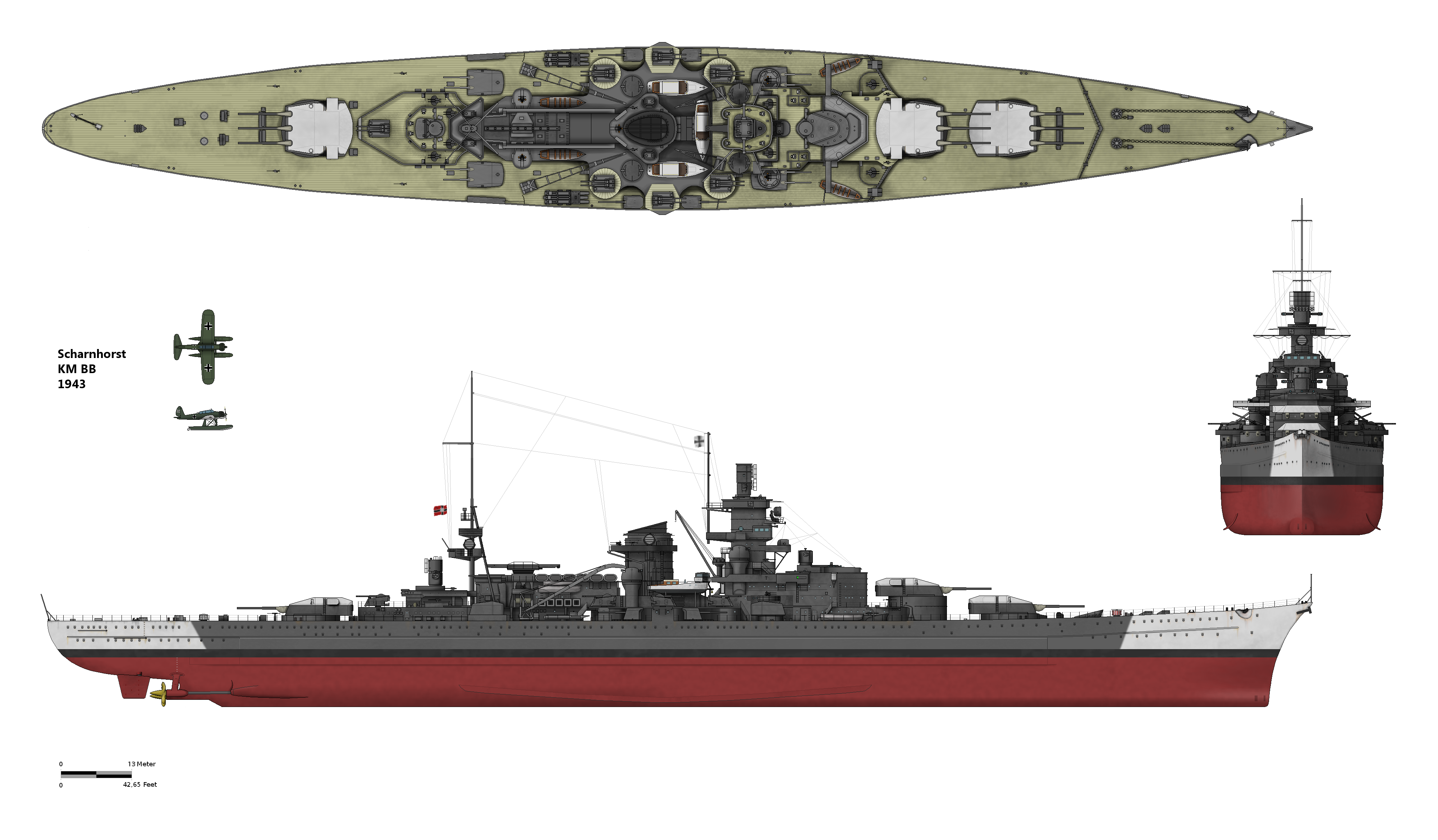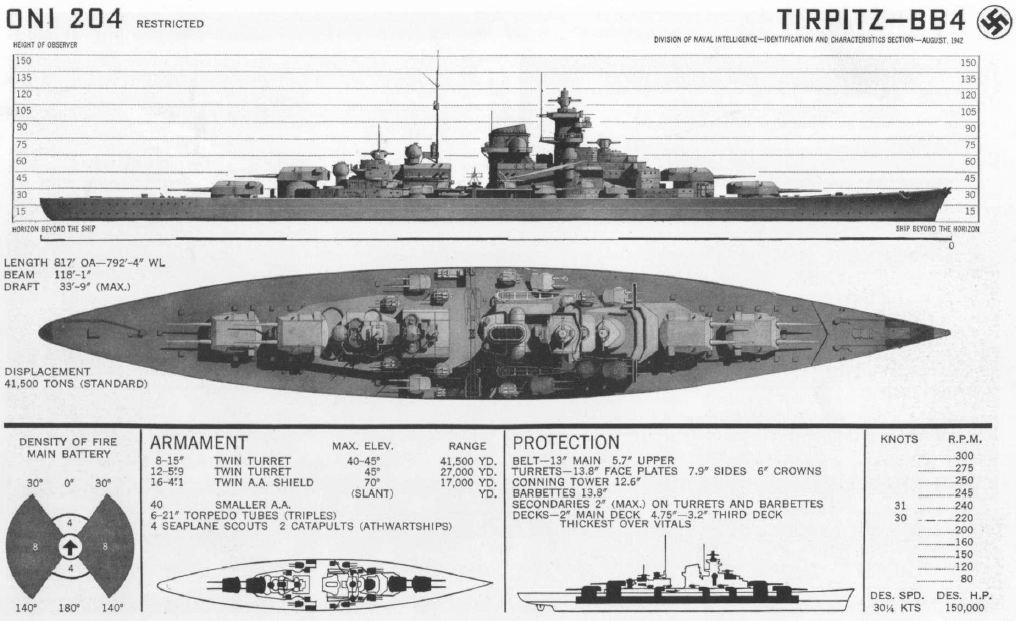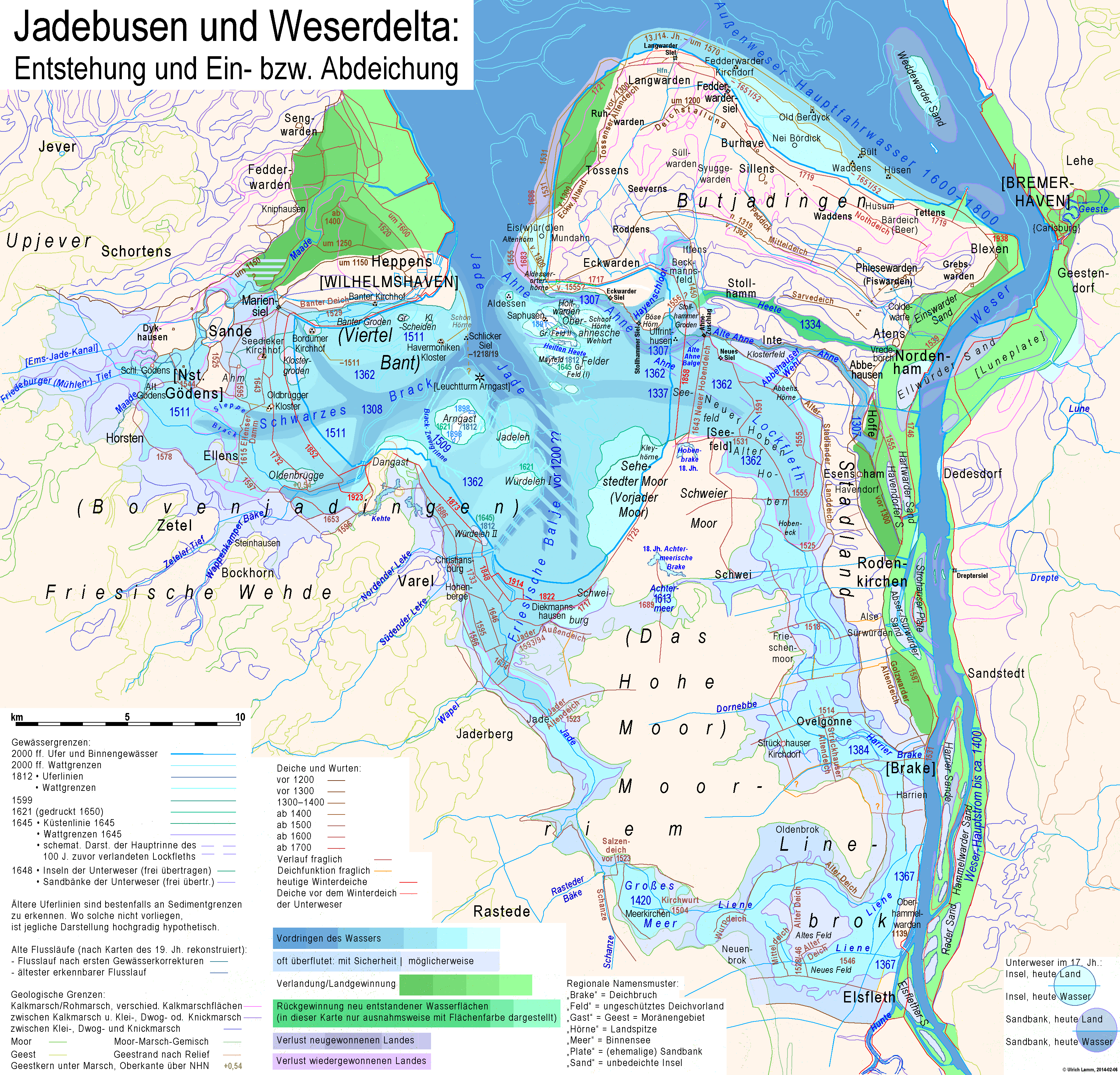|
Wilhelmshaven
Wilhelmshaven (, ''Wilhelm's Harbour''; Northern Low Saxon: ''Willemshaven'') is a coastal town in Lower Saxony, Germany. It is situated on the western side of the Jade Bight, a bay of the North Sea, and has a population of 76,089. Wilhelmshaven is the centre of the "Jade Bay" business region (which has around 330,000 inhabitants) and is Germany's main military port. The adjacent Lower Saxony Wadden Sea National Park (part of the Wattenmeer UNESCO World Natural Heritage Site) provides the basis for the major tourism industry in the region. History The , built before 1383, operated as a pirate stronghold; the Hanseatic League destroyed it in 1433. Four centuries later, the Kingdom of Prussia planned a fleet and a harbour on the North Sea. In 1853, Prince Adalbert of Prussia, a cousin of the Prussian King Frederick William IV of Prussia, Frederick William IV, arranged the Jade Treaty (''Jade-Vertrag'') with the Grand Duchy of Oldenburg, in which Prussia and the Grand Duchy ente ... [...More Info...] [...Related Items...] OR: [Wikipedia] [Google] [Baidu] |
Wilhelmshaven Imperial Shipyard
Kaiserliche Werft Wilhelmshaven (Wilhelmshaven Imperial Shipyard) was a German Shipbuilder, shipbuilding company in Wilhelmshaven, founded in 1871 and closed in 1918. Together with Kaiserliche Werft Danzig and Kaiserliche Werft Kiel it was one of three shipyards which solely produced warships for the Prussian Navy, Preußische Marine and the following German Kaiserliche Marine. With the end of World War I all three imperial shipyards were closed, but the Wilhelmshaven shipyard was reopened in 1919, first as ''Reichsmarinewerft Wilhelmshaven'', and after 1935 named Kriegsmarinewerft Wilhelmshaven. History Kaiserliche Werft Wilhelmshaven was a German shipbuilding company in Wilhelmshaven, a coastal town in Lower Saxony - North Germany - on the western side of the Jade Bight, a bay of the North Sea. The predecessor of the Kaiserliche Werft was founded 1853 under an agreement of the Grand Duchy of Oldenburg and the Kingdom of Prussia. The object of this agreement was a protecti ... [...More Info...] [...Related Items...] OR: [Wikipedia] [Google] [Baidu] |
German Battleship Scharnhorst
was a German capital ship, alternatively described as a battleship or battlecruiser, of Nazi Germany's ''Kriegsmarine''. She was the lead ship of her class, which included her sister ship . The ship was built at the ''Kriegsmarinewerft'' dockyard in Wilhelmshaven; she was laid down on 15 June 1935 and launched a year and four months later on 3 October 1936. Completed in January 1939, the ship was armed with a main battery of nine 28 cm (11 in) C/34 guns in three triple turrets. Plans to replace these weapons with six 38 cm (15 in) SK C/34 guns in twin turrets were never carried out. and operated together for much of the early portion of World War II, including sorties into the Atlantic to raid British merchant shipping. During her first operation in November 1939, sank the armed merchant cruiser in a short engagement. and participated in Operation Weserübung, the German invasion of Norway, from April to June 1940. During operations off Norway, the ... [...More Info...] [...Related Items...] OR: [Wikipedia] [Google] [Baidu] |
Kriegsmarinewerft
Kriegsmarinewerft (or, prior to 1935, Reichsmarinewerft) Wilhelmshaven was, between 1918 and 1945, a naval shipyard in the German Navys extensive base at Wilhelmshaven, ( west of Hamburg). History The shipyard was founded on the site of the Wilhelmshaven Imperial Shipyard which had been closed down after World War I. In 1935, the name was changed to ''Kriegsmarinewerft Wilhelmshaven'' (Wilhelmshaven Naval Shipyard) when the German navy ('' Reichsmarine'') was renamed ''Kriegsmarine'' by the Nazi Third Reich''. During 1939-1945, the yard's main activities were in building warships, U-boats and repairing damaged warships. On 18 December 1939, 12 out of 22 RAF's Wellington bombers were shot down in an air battle over the naval base.Denis Richards ''RAF Bomber Command in the Second World War'' (1995) chap. 3 Personnel were often assigned to organizing naval facilities in occupied countries, e.g., in the ports of Lorient, Brest and St. Nazaire. At the war's end there were about 17 ... [...More Info...] [...Related Items...] OR: [Wikipedia] [Google] [Baidu] |
German Pocket Battleship Admiral Graf Spee
was a (armored ship), nicknamed a "pocket battleship" by the British, which served with the of Nazi Germany during World War II. The vessel was named after World War I Admiral Maximilian von Spee, commander of the East Asia Squadron who fought the battles of Coronel and the Falkland Islands, where he was killed in action. She was laid down at the shipyard in Wilhelmshaven in October 1932 and completed by January 1936. The ship was nominally under the limitation on warship size imposed by the Treaty of Versailles, though with a full load displacement of , she significantly exceeded it. Armed with six guns in two triple gun turrets, and her sisters were designed to outgun any cruiser fast enough to catch them. Their top speed of left only a few capital ships in the Anglo-French navies fast enough and powerful enough to sink them. The ship conducted five non-intervention patrols during the Spanish Civil War in 1936–1938 and participated in the Coronation Review of ... [...More Info...] [...Related Items...] OR: [Wikipedia] [Google] [Baidu] |
German Battleship Tirpitz
() was the second of two s built for Nazi Germany's (navy) prior to and during the Second World War. Named after Grand Admiral Alfred von Tirpitz, the architect of the (Imperial Navy), the ship was laid down at the in Wilhelmshaven in November 1936 and her Hull (watercraft), hull was launched two and a half years later. Work was completed in February 1941, when she was commissioned into the German fleet. Like her sister ship, , was armed with a main battery of eight 38 cm SK C/34 naval gun, guns in four twin Gun turret, turrets. After a series of wartime modifications she was 2000 tonnes heavier than , making her the heaviest battleship ever built by a European navy. After completing sea trials in early 1941, briefly served as the centrepiece of the Baltic Fleet, which was intended to prevent a possible break-out attempt by the Soviet Baltic Fleet#Great Patriotic War, Soviet Baltic Fleet. In early 1942, the ship sailed to Norway to act as a deterrent against an Allied in ... [...More Info...] [...Related Items...] OR: [Wikipedia] [Google] [Baidu] |
Pocket Battleship
The class was a series of three (armored ships), a form of heavily armed cruiser, built by the officially in accordance with restrictions imposed by the Treaty of Versailles. The ships of the class, , , and , were all stated to displace in accordance with the Treaty, though they actually displaced at standard displacement. The design for the ships incorporated several radical innovations, including the first major use of welding in a warship and all- diesel propulsion. Due to their heavy armament of six guns and lighter weight, the British began referring to the vessels as "pocket battleships". The -class ships were initially classified as , but the reclassified them as heavy cruisers in February 1940. The three ships were built between 1929 and 1936 by the Deutsche Werke in Kiel and the in Wilhelmshaven, seeing much service with the German Navy. All three vessels served on non-intervention patrols during the Spanish Civil War. While on patrol, was attacked by Republ ... [...More Info...] [...Related Items...] OR: [Wikipedia] [Google] [Baidu] |
Jade Treaty
The Jade Treaty () of 20 July 1853 between the Kingdom of Prussia and the Grand Duchy of Oldenburg provided for the handover of 340 hectares of Oldenburg territory at what is now Wilhelmshaven, Germany, on the western shore of the Jade Bight, a bay of the North Sea west of Bremerhaven. It was considered the best natural deep-water port in the German North Sea coast, and a good place for the naval base Prussia wished to build. The navy base built there became the nucleus of today's Wilhelmshaven.Die Welt„Preußens Geheimnis“ 19 July 2003 Since before 1848 Prince Adalbert of Prussia had worked to build a Prussian navy. During the First Schleswig War of 1848-51, Prussia had virtually no navy. Within a few days the Danish navy had destroyed German maritime commerce in the North Sea and the Baltic Sea. By 1852 Prussia had started to expand its fleet and needed a good port on the North Sea, which it had lacked since the Congress of Vienna. The Jade Bight area offered deep water, a ... [...More Info...] [...Related Items...] OR: [Wikipedia] [Google] [Baidu] |
Jade Bight
The Jade Bight (also known as ''Jade Bay''; , ) is a bight or bay on the North Sea coast of Germany. It was formerly known simply as (the) Jade or Jahde. Because of the very low input of freshwater, it is classified as a bay rather than an estuary. Intrusion of the sea About 180 km² (70 mi²) in area, the Jade was largely created by storm floods during the 13th and 16th centuries. Since the early 14th century, it has joined eastward to the estuary of the river Weser. For some time, there were three permanent connecting branches and one flood bed between the river and the bight, forming an estuarine delta. The first of these junctions was closed in 1450 by dikes and the last one in 1515. However, about a century passed before most of the area flooded by these connections was regained for pasture and arable land. In the west, the Jade extended far into the Frisian peninsula. From the early 16th century, a number of dikes were built against the storm floods an ... [...More Info...] [...Related Items...] OR: [Wikipedia] [Google] [Baidu] |
North Sea
The North Sea lies between Great Britain, Denmark, Norway, Germany, the Netherlands, Belgium, and France. A sea on the European continental shelf, it connects to the Atlantic Ocean through the English Channel in the south and the Norwegian Sea in the north. It is more than long and wide, covering . It hosts key north European shipping lanes and is a major fishery. The coast is a popular destination for recreation and tourism in bordering countries, and a rich source of energy resources, including wind energy, wind and wave power. The North Sea has featured prominently in geopolitical and military affairs, particularly in Northern Europe, from the Middle Ages to the modern era. It was also important globally through the power northern Europeans projected worldwide during much of the Middle Ages and into the modern era. The North Sea was the centre of the Viking Age, Vikings' rise. The Hanseatic League, the Dutch Golden Age, Dutch Republic, and Kingdom of Great Britain, Brita ... [...More Info...] [...Related Items...] OR: [Wikipedia] [Google] [Baidu] |
Lower Saxony
Lower Saxony is a States of Germany, German state (') in Northern Germany, northwestern Germany. It is the second-largest state by land area, with , and fourth-largest in population (8 million in 2021) among the 16 ' of the Germany, Federal Republic of Germany. In rural areas, Northern Low Saxon and Saterland Frisian language, Saterland Frisian are still spoken, though by declining numbers of people. Lower Saxony borders on (from north and clockwise) the North Sea, the states of Schleswig-Holstein, Hamburg, , Brandenburg, Saxony-Anhalt, Thuringia, Hesse and North Rhine-Westphalia, and the Netherlands. Furthermore, the Bremen (state), state of Bremen forms two enclaves within Lower Saxony, one being the city of Bremen, the other its seaport, Bremerhaven (which is a semi-exclave, as it has a coastline). Lower Saxony thus borders more neighbours than any other single '. The state's largest cities are the state capital Hanover, Braunschweig (Brunswick), Oldenburg (city), Oldenburg, ... [...More Info...] [...Related Items...] OR: [Wikipedia] [Google] [Baidu] |
Lower Saxony Wadden Sea National Park
The Lower Saxon Wadden Sea National Park () was established in 1986 and embraces the East Frisian Islands, mudflats and salt marshes between the Bay of Dollart on the border with the Netherlands in the west and Cuxhaven as far as the Outer Elbe shipping channel in the east. The national park has an area of about . The National Park organisation is located in Wilhelmshaven. In June 2009, the National Park became a UNESCO World Heritage Site along with the Schleswig-Holstein Wadden Sea and the Dutch Wadden Sea, highlighting its unique intertidal ecosystem and high biodiversity. Ecology The habitats to be protected by this park include the mudflats, salt marshes, beaches, dunes and estuaries on the North Sea. Special attention is given to the wildlife and flora typical of the Wadden Sea of which the park forms a part. The coast of the North Sea is unusually flat. The seabed descends in places only a few centimetres per kilometre. Twice daily the tide brings sand, clay ... [...More Info...] [...Related Items...] OR: [Wikipedia] [Google] [Baidu] |
Frederick William IV Of Prussia
Frederick William IV (; 15 October 1795 – 2 January 1861), the eldest son and successor of Frederick William III of Prussia, was King of Prussia from 7 June 1840 until his death on 2 January 1861. Also referred to as the "romanticist on the throne", he was deeply religious and believed that he ruled by divine right. He feared revolutions, and his ideal state was one governed by the Christian estates of the realm rather than a constitutional monarchy. In spite of his conservative political philosophy, he initially pursued a moderate policy of easing press censorship, releasing political prisoners and reconciling with the Catholic population of the kingdom. During the German revolutions of 1848–1849, he was initially forced to accommodate the people's revolutionary sentiments, although he rejected the title of Emperor of the Germans offered by the Frankfurt Parliament in 1849, believing that it did not have the right to make such an offer. In December 1848, he dissolved the Pru ... [...More Info...] [...Related Items...] OR: [Wikipedia] [Google] [Baidu] |








